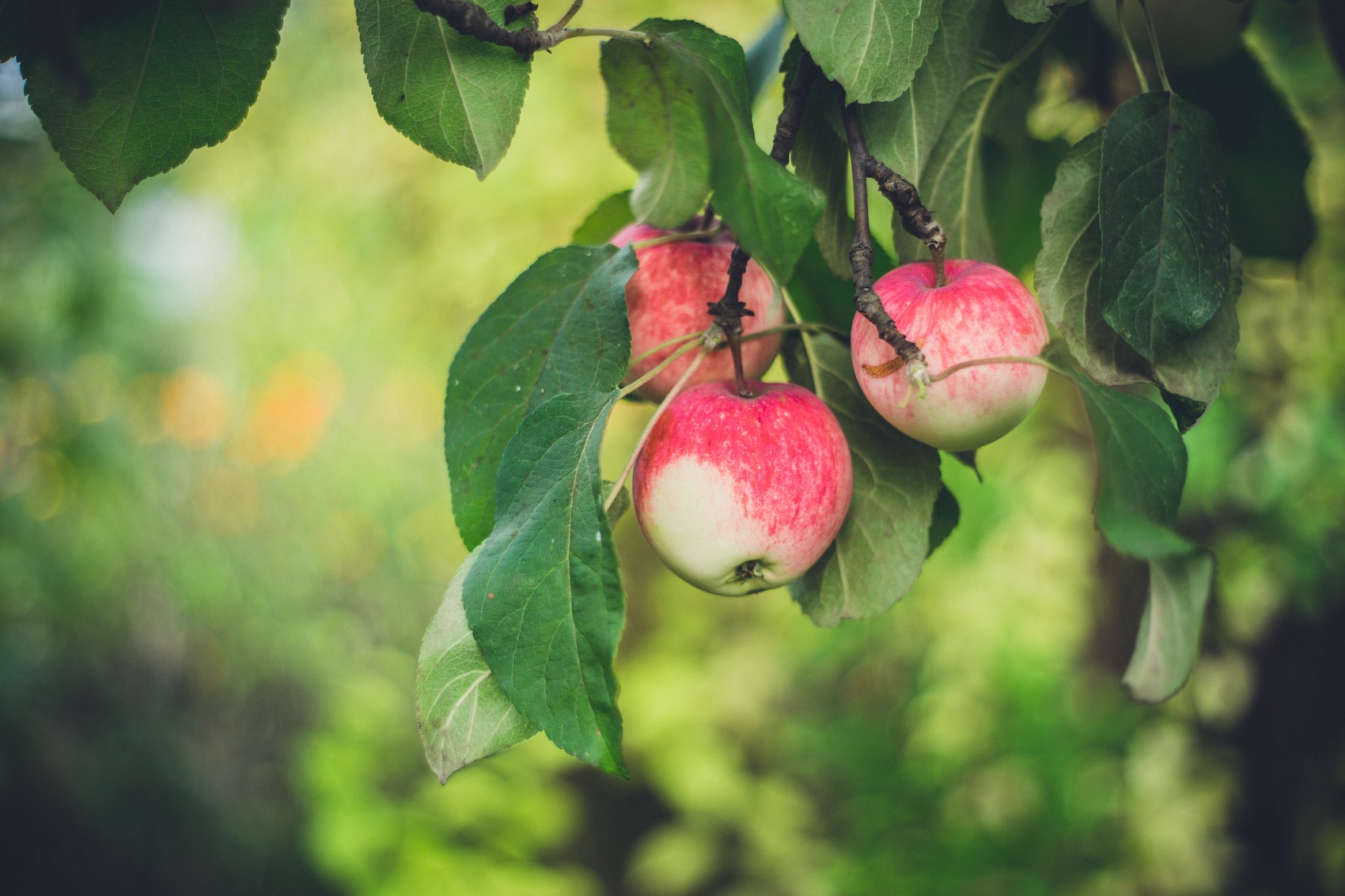Ingredients
For the filling:
1 Kilo of apples
For the pastry cream
4 egg yolks
50 g sugar
35 g cornstarch
½ litre of milk
the grated peel of one lemon
For the rolling dough
200 g wheat flour
80 g of pomade butter (at room temperature)
110 g of sugar
1 egg
1 egg yolk
a pinch of salt
Preparation:
The dough:
1- Mix the flour with the sugar and place it on a clean marble or steel base (these materials prevent the dough from getting too hot and damaging it)
2 – Add the chopped butter and the rest of the ingredients.
3 – Mix vigorously and quickly, it is a dough that has to be made quickly because if you work it too much it will be too hard. Once the mixture is homogeneous, cover it with plastic wrap and let it rest for an hour.
4- When it is ready, roll out the dough, place it in a baking pan and make the final shape of the base. Make some holes with the tip of a fork and cook at 180º for 20 minutes.
The custard:
4 – While the dough rests, prepare the custard, heat the milk in a saucepan over low heat.
5- In a separate bowl beat the egg yolks. Stirring vigorously add the sugar (it is important not to stop stirring until everything is well integrated. Then add the cornstarch by passing it through a sieve.
5- Put the mixture in the bowl with the milk, stirring constantly and add the grated lemon peel.
6- Once it has become dense, remove from heat and cool to room temperature.
The apples:
7- Once the custard is cold. Wash the apples and cut them finely in half moons, (preferably with mandoline)
8- Steam them for a few minutes until they are soft, at which point on a silpat or baking paper make rows slightly overlapping each other.
9- Roll up the lines of apples starting with the first one that was placed.
The joining:
10- Place the custard on the base and on top of it the apple rolls and voila!
A little bit of history...
It seems that apple pies have existed since the Middle Ages, appearing spontaneously in various areas of Europe.
One of the first written references is in the 1390 book The Form of Cury, and it is called ” How to make cakes from apples”. In this recipe apples are placed together with pears, figs and raisins on the dough, and in a curious note they are covered with saffron. Most of the cakes of the Middle Ages did not contain sugar as it was scarce and very expensive.
One of the most famous variations of apple pie is the “pfelstrudel” of Austrian cuisine. The origin of this dessert could come from the baklava, after the Ottoman Empire arrived in Vienna influencing its gastronomy. This dessert was considered as a food for poor people for a long time.
What is certain is that by the 16th century apple pies were everywhere, as there are many literary references to this simple delicacy.
Something interesting...
The apple is the most produced fruit worldwide, in 2016 there were 89.3 million tons produced. The world’s largest producer is China, which produces 49.8% of the total. The import market for apples produces an approximate of 8.3 billion dollars.
Nutrition
We’ve all heard it said over and over that eating apples as part of our daily diet will keep us strong and healthy. Here are a couple of facts about the composition of apples that can give us an idea of the benefits they can bring us.
The World Health Organization recommends eating apples because in addition to many other properties, they help to reduce blood sugar. The apple is rich in antioxidants, with high fibre content (3.5 grams per 100), various vitamins and minerals. In addition, due to its malic and tartaric acid content, it helps digest fats.

